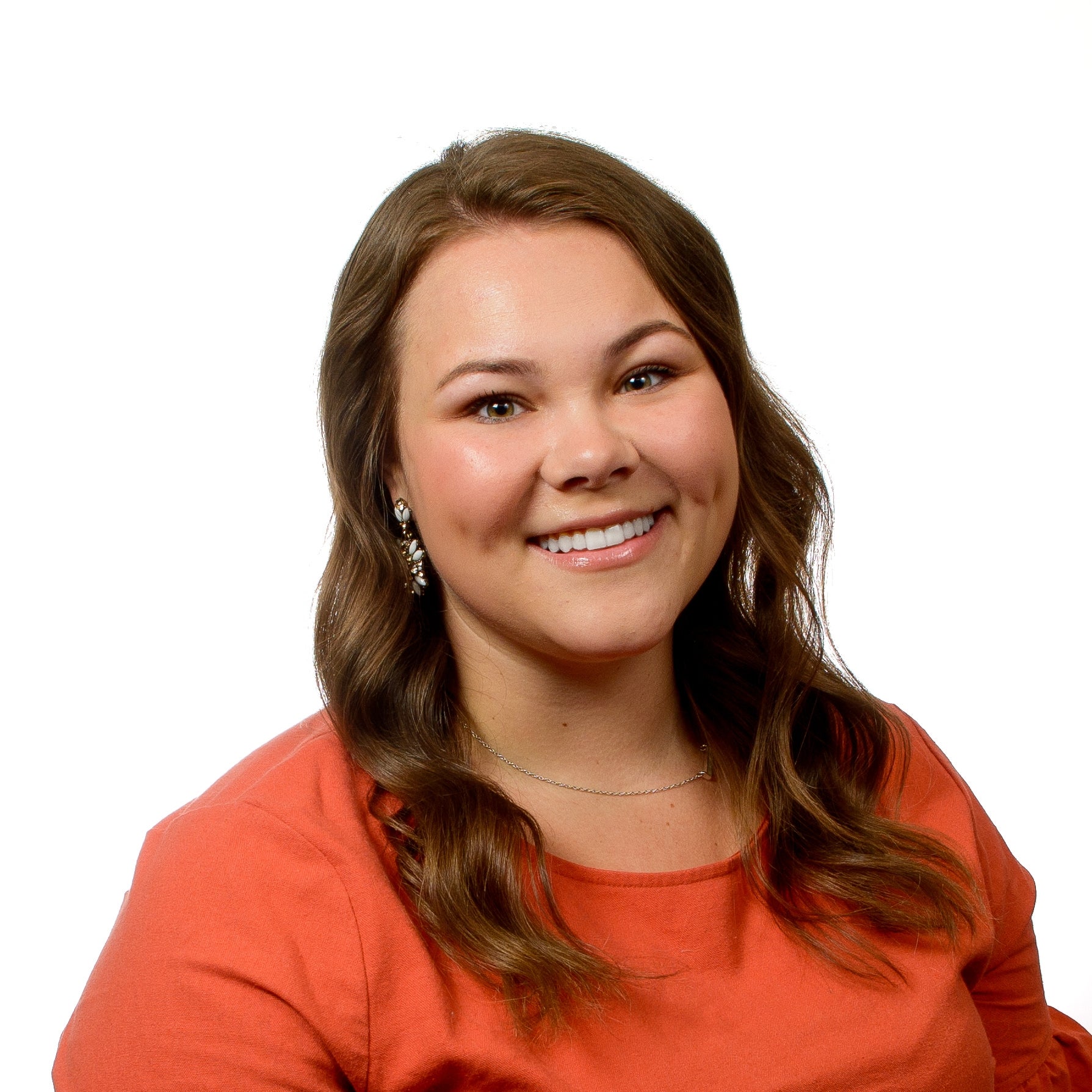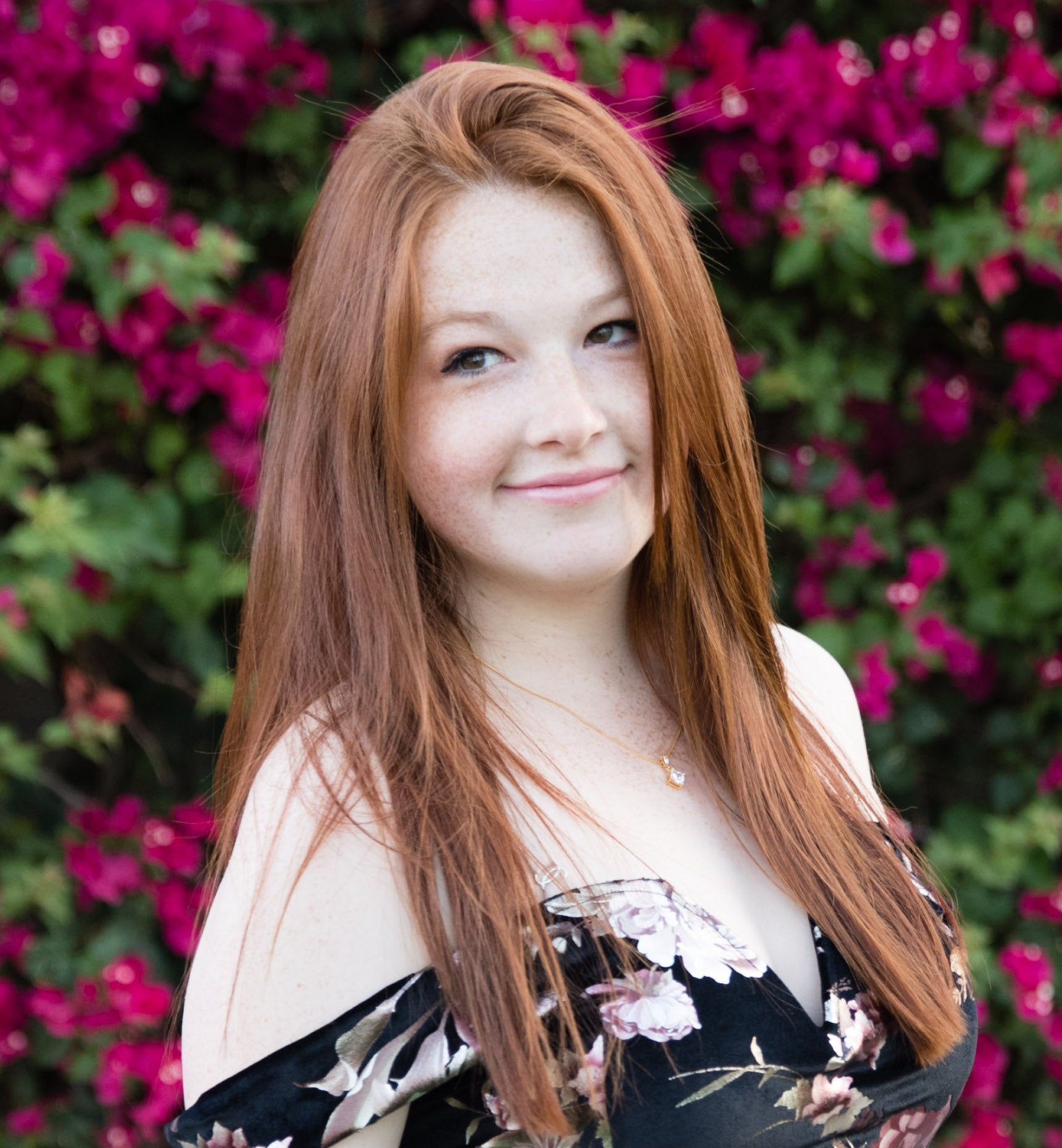Friendship sees duo through challenging ASU health program into professional life

Josie Lamp (left) and Megan Hiestand met at ASU as freshmen and formed an instant bond as students of the first biomedical informatics bachelor's degree program in the nation.
Not everyone makes a best friend in college who will become a trusted ally and colleague for years to come.
Megan Hiestand and Josie Lamp, two 2018 College of Health Solutions graduates, found that kind of friendship the day before their very first class at Arizona State University, forming a bond that helped them throughout a challenging first-of-its kind degree program, and one that has continued as they’ve moved to the next phase of their careers.
An instant connection
Lamp and Hiestand came to ASU to join the nation’s first-ever biomedical informatics undergraduate degree program. They met at an orientation mixer designed to give the small cohort a chance to get acquainted with each other and their instructors. While most first-year students attend social events where shorts fit the dress code and food is generally something crunchy you buy in a bag, their experience was quite different. They boarded a bus for the Mayo Clinic campus in Scottsdale where they mingled with Mayo doctors and College of Health Solutions faculty.
“It was super fancy,” Lamp said. “I remember being very intimidated,” but she also remembers thinking Hiestand looked friendly and approachable.
“We just hit it off from the start,” Hiestand said.
Lamp agreed, adding that the two were nearly inseparable from day one. “We took a lot of hard classes through our entire undergraduate careers,” she said. And over their four years at ASU, they helped each other through many of them.
Friendly support
Biomedical informatics is an interdisciplinary major, requiring students to take classes related to clinical medicine, chemistry, biology, federal regulations, computer science and more. These students carry a heavy cognitive load.
“I was pre-med all through my undergrad work,” Hiestand said. “While I was taking science classes — organic chemistry, biochemistry, physics — Josie was working her way up the ranks in much harder and more rigorous computer science classes. Our interests complemented each other. We were able to help each other through classes the other person might not enjoy as much.”
They often studied together in a windowless basement room in Hayden Library, and both women count those study hours among their fondest memories of ASU. Together they labored until the wee hours of the morning, and Lamp recalls breaking down into giggles because the two had “probably been studying for way too long,” she said. “We were tired, but we were still laughing and enjoying life."
A new degree
Biomedical informatics is the reason Lamp chose to become a Sun Devil.
"I took computer science in high school and liked it, but I also like working with people and biology,” she said.
After learning that biomedical informatics encompassed all her interests, Lamp also discovered that ASU had just launched an undergraduate biomedical informatics degree program and that she could be part of its inaugural class. She chose ASU because it was the only school in the nation with this highly specialized undergraduate degree at the time.
Hiestand discovered the major accidentally in an orientation, and it happened the day students were signing up for classes. She was registered as a biochemistry major, but when an orientation speaker rattled off various majors offered, including biomedical informatics, she knew she had to change directions.
Megan Hiestand
“I switched my major, dropped all my classes and registered immediately,” Hiestand said. “I always joke that I set a record for changing majors because I was officially in biochem for about half a day.”
The field of biomedical informatics is rapidly growing. ASU’s program focuses on four areas: clinical informatics that uses information technology and data science to improve health care delivery and patient outcomes; public/population health; biomedical research, including genomics and proteomics; and imaging, a track of biomedical informatics that looks at data from things like MRIs and CT scans.
While the field is large, the first cohort of biomedical informatics majors was quite small — about two dozen students.
“Even though ASU is big, we had our own little corner of the university,” Lamp said. “The caliber of the faculty was amazing, and I really felt like the program was there to help us.”
Hiestand agreed: “We were a small group, and I got to know my professors at a far deeper and more meaningful level than the relationship I had with professors outside of my degree program.”
Elevating patient care
As ASU students, both Hiestand and Lamp were conducting research by the end of their first year, and Lamp was a contributor to a handful of academic papers before earning her bachelor’s degree. Both women also were part of ASU’s Barrett, The Honors College.
After graduation, Hiestand earned a Fulbright Fellowship and taught in Malaysia until COVID-19 brought her home. The Fulbright program is an international academic exchange program sponsored by the U.S. government.
Lamp is currently earning her doctorate in computer science at the University of Virginia, with her education funded in part by a National Science Foundation graduate research fellowship. Lamp also earned the prestigious Jefferson Fellowship, UV’s premier graduate fellowship.
Josie Lamp
The duo still talks to each other regularly, and they visit each other, too. When Hiestand was living in San Diego last year, Lamp paid her a visit, and they took a break from computer science to enjoy Disneyland.
At work, both Lamp and Hiestand see themselves as translators of sorts, people who contribute to health care solutions by bridging the language barriers between computer software developers or other technologist and clinical personnel.
“Biomedical informatics puts you at the intersection of several different fields,” Lamp said. “You have to translate what a clinician needs into something the technologist can use to build a solution.”
Lamp knew she loved research from the first time she was part of it at ASU and hopes to use her doctorate in an academic setting so that research will continue to be part of her daily activities. In the research she is doing now as part of her doctoral degree, Lamp works with advanced heart failure patients and Type 1 diabetics.
“I’m looking at developing better diagnostic systems to help these patients,” she said. “I use machine learning — computational techniques — to figure out the relationship between clinical data and patient outcomes.”
Hiestand now works in Wisconsin for Epic Systems Corporation, the largest electronics health records software company in the U.S. As a quality manager, she acts as the intermediary between end users and the developers creating the software.
Her ASU degree is a huge advantage for her, she said. “I understand the health care system, and I also learned about different medical coding systems and genomics data. Things like that have been very helpful in my job.”
Like most BMI majors, Hiestand and Lamp are working every day to improve health outcomes through complex information systems and data. Both women empower medical providers to deliver more effective treatment, with Lamp working on predictive models to advise medical decisions and Hiestand working on the medical records that track results.
Both of these smart, driven women arrived at ASU with abilities that would have helped them succeed regardless, but their almost-instant friendship that first year made their academic experiences more manageable and enjoyable for each of them.
And though she is surely exaggerating, Lamp made a half-joking comment that sums up how important their friendship was then and continues to be now: “There’s no way I would have made it through if not for Megan,” she said.
More Health and medicine
Is ‘U-shaped happiness’ universal?
A theory that’s been around for more than a decade describes a person’s subjective well-being — or “happiness” — as having a U-…
College of Health Solutions medical nutrition student aims to give back to her Navajo community
As Miss Navajo Nation, Amy N. Begaye worked to improve lives in her community by raising awareness about STEM education and…

Linguistics work could improve doctor-patient communications in Philippines, beyond
When Peter Torres traveled to Mapúa University in the Philippines over the summer, he was shocked to see a billboard promoting…

